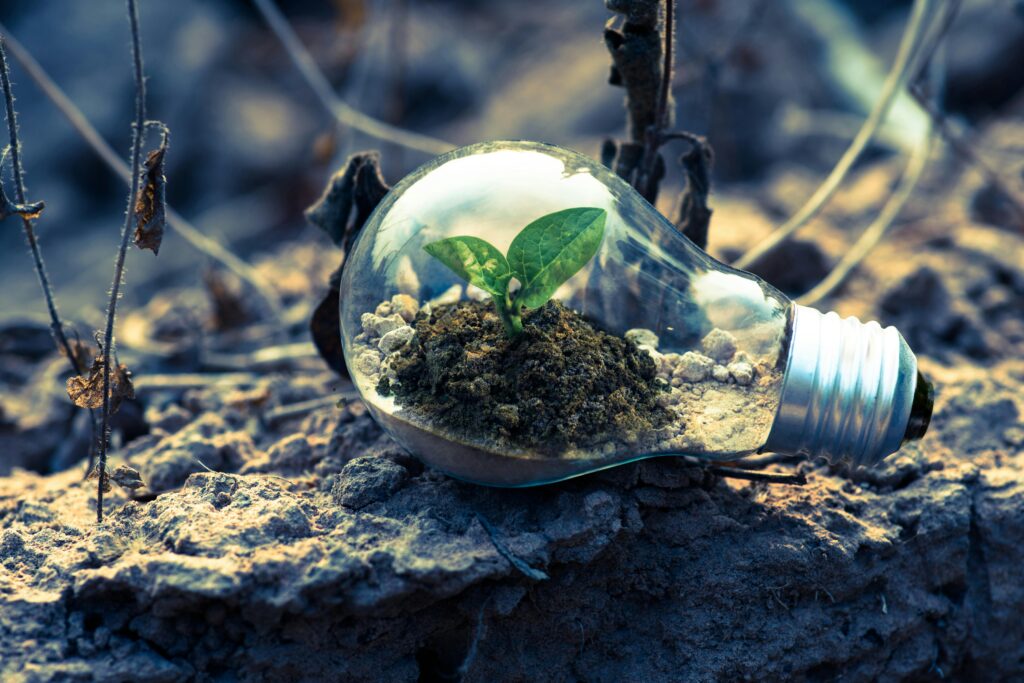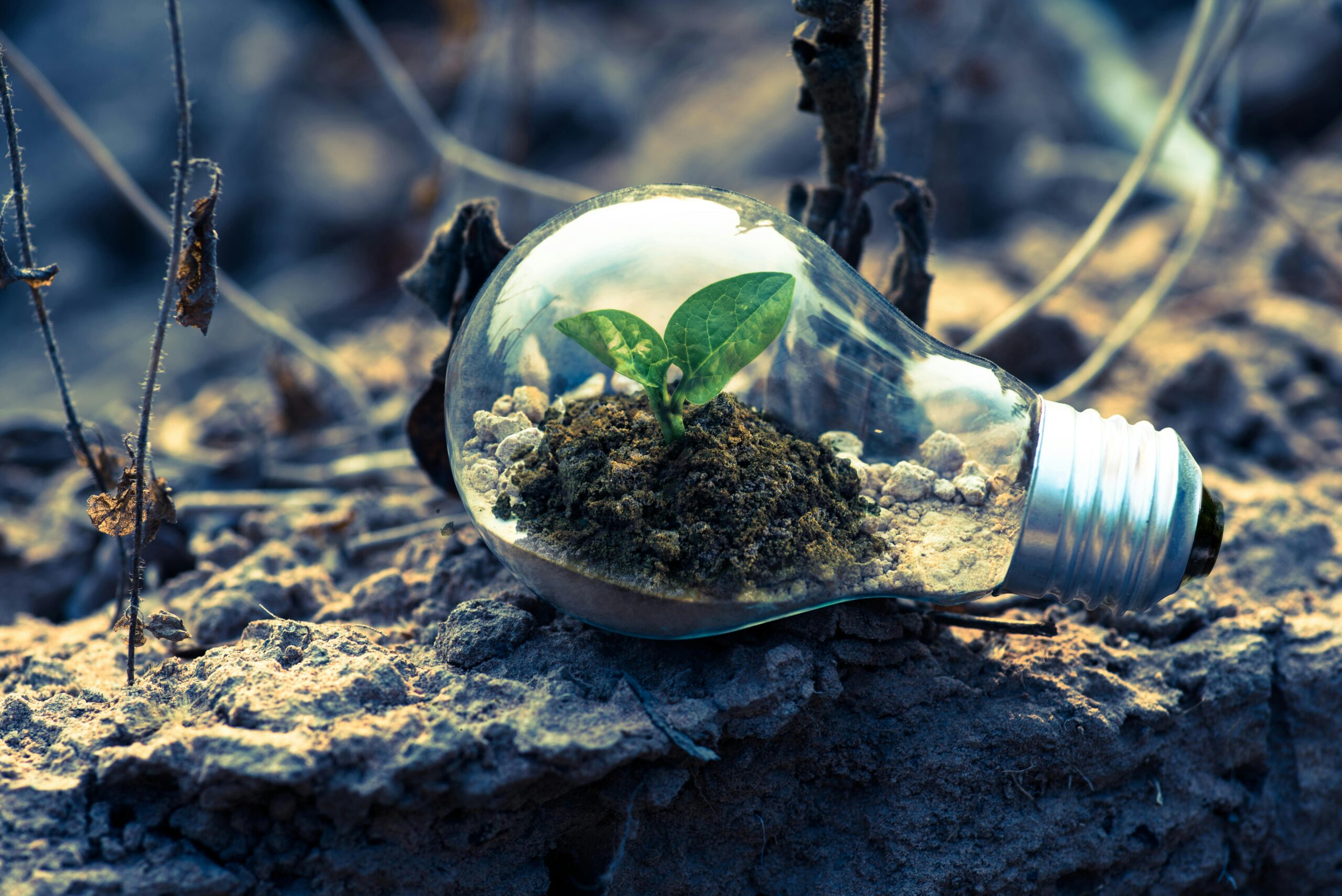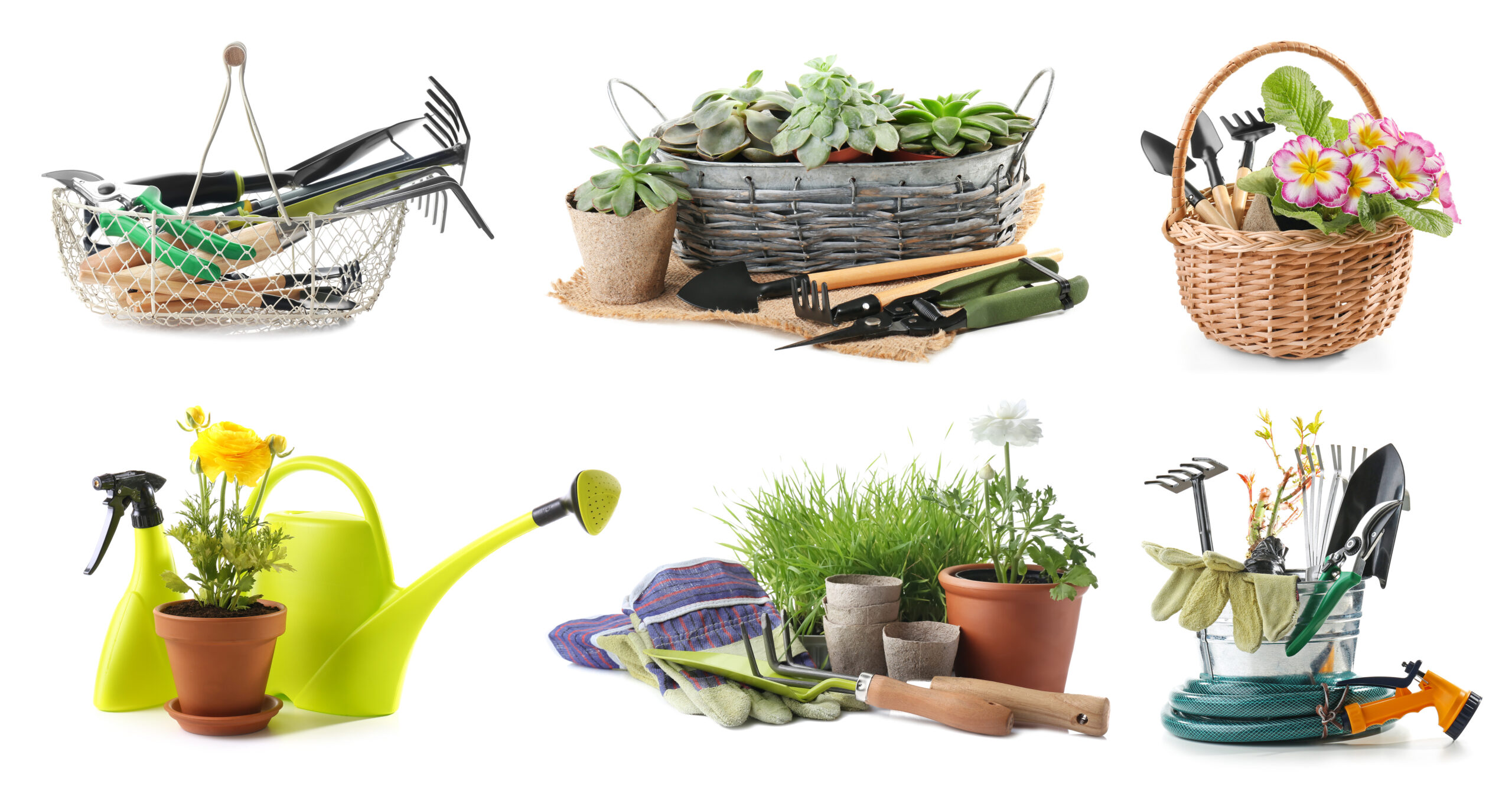
Understanding Succulent Care Basics
Succulents are beloved for their ease of care, making them perfect for both novice gardeners and those with a busy lifestyle. These resilient plants store water in their leaves, stems, or roots, allowing them to thrive in dry conditions where other plants might struggle. The key to successful succulent care involves providing plenty of sunlight, minimal watering, and well-draining soil. Overwatering is the most common pitfall, so ensuring the soil is completely dry between waterings is crucial. With their diverse shapes, colors, and sizes, succulents offer endless possibilities for indoor gardeners.
Diverse Types for Every Taste
The succulent family includes a wide range of species, each with unique characteristics. Aloe vera, with its healing properties, makes both a practical and attractive addition to homes. Echeverias, known for their rosette shape and vibrant colors, add a splash of beauty to any setting. Meanwhile, the architectural lines of Sansevieria, or snake plant, offer a modern aesthetic. Other popular types include the trailing string of pearls (Senecio rowleyanus), the fuzzy panda plant (Kalanchoe tomentosa), and the striking zebra plant (Haworthia fasciata). Exploring the vast world of succulents can become a rewarding hobby, with new varieties always ready to pique your interest.
Soil and Potting: The Foundation of Health
Succulents require well-draining soil to prevent root rot, a common issue due to overwatering. A mix specifically designed for cacti and succulents, which typically includes sand or perlite for improved drainage, is ideal. When potting or repotting succulents, choosing a container with drainage holes is essential. For a decorative touch, consider using unconventional containers, such as teacups or mason jars, but be mindful of the need for proper drainage to keep your succulents healthy.
Watering Wisely: Less is More
The watering needs of succulents are minimal compared to other indoor plants. The “soak and dry” method is effective, where you thoroughly water the plant, then allow the soil to dry out completely before watering again. This mimics the natural rainfall patterns of their native habitats. During the winter months, when succulents enter a dormant period, their water requirements decrease further, necessitating even less frequent watering.
Light: The Lifeblood of Succulents
Succulents thrive in bright, indirect sunlight, with many varieties enjoying direct sunlight for part of the day. South or west-facing windows are typically ideal spots, providing the light intensity most succulents crave. If natural light is limited, especially in winter or in darker homes, supplementing with grow lights can provide the necessary spectrum and intensity for healthy growth. Observing your succulents’ responses to light—such as stretching towards a light source or fading color—can guide adjustments in their placement.
Propagation: Multiplying Your Collection
One of the joys of succulent care is the ease of propagation, allowing you to expand your collection or share with friends. Most succulents can be propagated from leaf cuttings or stem cuttings, and some produce offsets, or “pups,” that can be separated and potted independently. Leaf cuttings simply require placing a healthy leaf on top of soil until roots and a new plantlet form, a process that combines simplicity with the excitement of watching new growth emerge.
Styling with Succulents: Creative Displays
Succulents lend themselves to creative displays, from minimalist arrangements to lush, mixed gardens. Consider grouping different varieties together based on color, texture, and size for visually striking compositions. Succulents can also be used in living walls, terrariums, or as part of a mixed indoor garden, adding a modern touch to interior decor. Their versatility and low maintenance make them ideal for adding greenery to desks, shelves, and windowsills, enhancing any room with their sculptural beauty.
Troubleshooting Common Issues
Despite their resilience, succulents can encounter issues like any indoor plant. Overwatering is the most common problem, leading to yellowing leaves and root rot. Underwatering, though less frequent, results in shriveled leaves. Pests, such as mealybugs, can also affect succulents but are easily managed with alcohol swabs or insecticidal soap. Monitoring your plants regularly and adjusting care practices as needed can prevent these issues, ensuring your succulents remain a vibrant and healthy part of your indoor garden.
Caring for succulents is a rewarding experience that blends ease of care with aesthetic appeal. By understanding the basics of succulent care, exploring the diversity of types available, and getting creative with styling and propagation, you can enjoy the unique beauty and versatility of these plants in your indoor garden.



